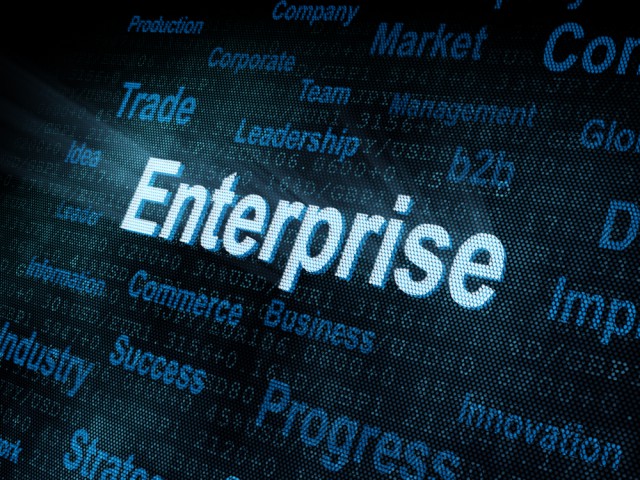
Microsoft’s move to continuous updates is a fundamental change. Most significantly, those components traditionally shipped as part of a major release will now be available as independent apps.
This means innovations within these apps can be made available when they are ready, not held up for the next big operating systems (OS) update.
At first glance the decision for Windows to move towards a model of continuous delivery will delight customers and enthuse developers to put innovation at the heart of what they do.
Microsoft is talking the continuous delivery talk. However, for enterprises not ready to transition to this new model, due to the perceived risks around destabilizing their platforms with endless updates, there will still be a branched version available which only updates features every five years.
However, by taking the branch option these cautious organizations will largely fail to benefit from the huge investment Microsoft is making in innovation. Enterprises should be moving their own Windows applications to continuous delivery, and through their own continuous integration and testing, ensure updates are successful.
This requires development and testing environments that can be provisioned at speed, and with quality data. In a world where evolution is a rapid and constant ascent, rather than the stepped jumps of days past, enterprises must adapt to take advantage of the investment technologists are making.
The likes of Apple and Android OS are already steaming ahead with a continuous delivery model. Organizations need to accept Microsoft’s latest change and jump in with both feet to avoid missing the boat.
Jes Breslaw is director of marketing and strategy at Delphix.
Published under license from ITProPortal.com, a Net Communities Ltd Publication. All rights reserved.
Photo Credit: Maksim Kabakou/Shutterstock

